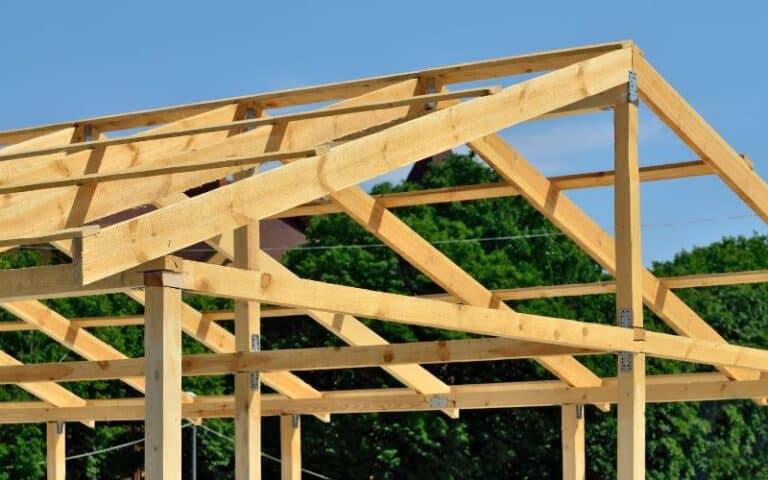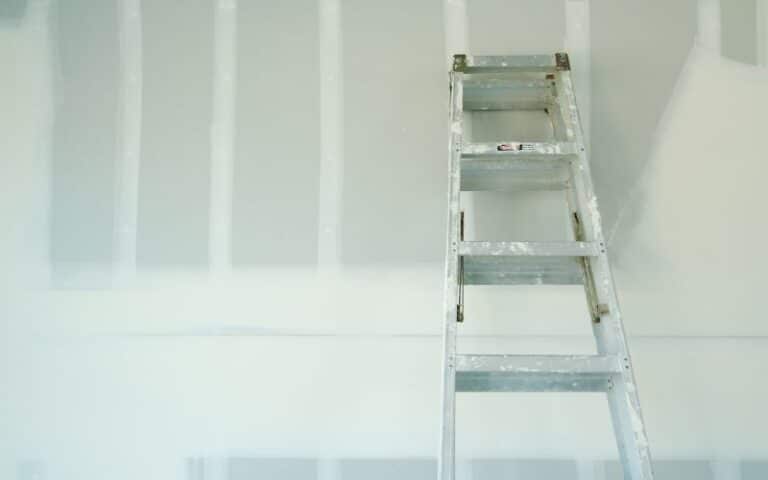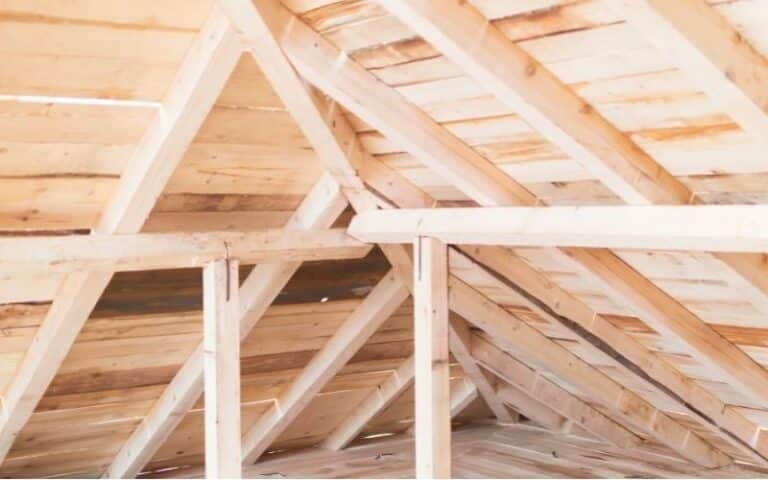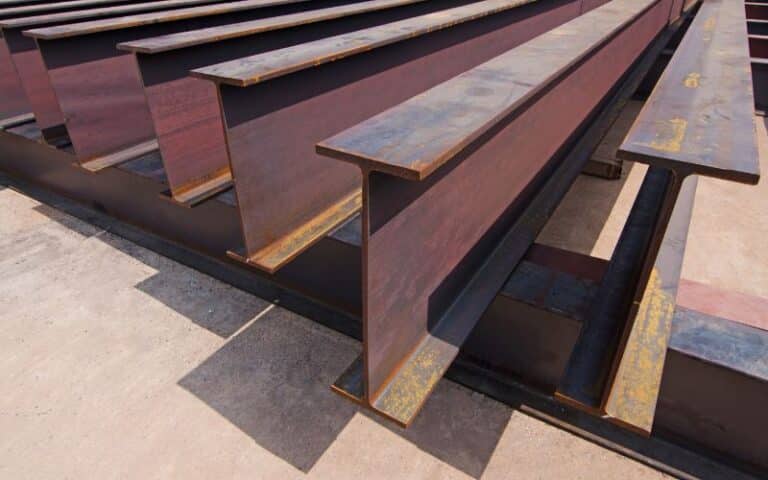Roof pitch refers to the steepness of the roof. It determines how durable the top will be and the materials that will be required.
A 70 degrees roof pitch is 33/12, meaning the roof’s run is high. Thus the roof will be very steep and take a lot of time and materials. However, the roof will be more durable, have a longer life span and require fewer repairs than flat roofs or less steep roofs.
Ready for a Roofing Quiz?
What Roof Pitch Is 70 Degrees?
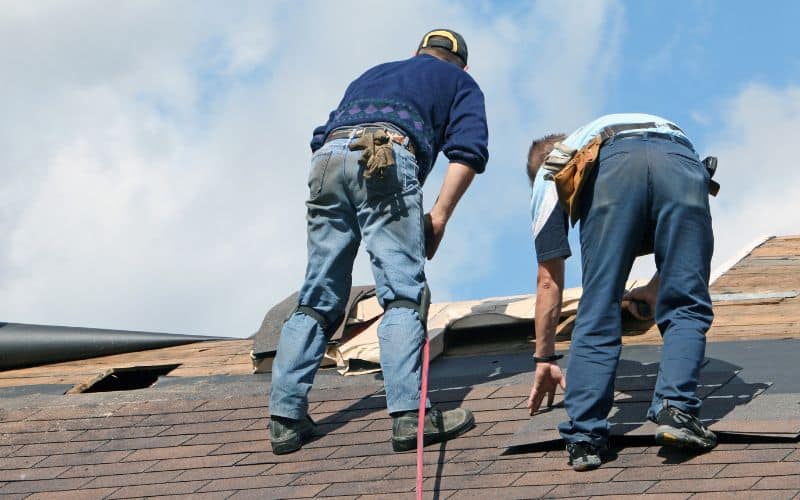
Roof pitch is the rise and span of the roof; the roof’s peak per inch is every 12 inches in depth.
So, to know the roof pitch, you must find both the rise and run of your roof.
- The run of the roof is the horizontal length from the wall to the topmost part of the roof.
- The rise, on the other hand, is the height of the roof’s Apex above the wall of the building.
Once you have measured both the run and the rise of the roof, you can calculate the roof pitch in degrees.
For example, for a 70-degree roof, the pitch is 33/12, the roof’s rise is 33 inches, and the run is 12 inches.
How to Convert Roof Pitch To 70 Degrees?
Roofs of buildings are not the same, whether residential buildings, offices or warehouses.
Instead, buildings have different roofs, from entirely flat roofs to roofs with low slope roofs and very steep roofs. So, a roof’s pitch describes the roof’s angle or slope.
To calculate your roof pitch, you have to first of all measure the rise and the run of the roof.
Then, of course, you’ll need a measuring tape, a calculator, and a good recollection of the math you learned in middle school.
- The first thing you need to do is measure the run of your roof. The run of any roof is the horizontal length between the wall and the roof’s peak, which is the tallest point on the roof. Use a tape measure to get the correct dimensions.
- Next is the roof’s rise; that’s where the math comes in. The increase of your roof is the height of the highest point above the wall of your building.
- When you have both in hand, go ahead and divide the roof’s rise by the run, and the result is the tangent.
- Once you’ve got the tangent, divide one by the deviation. It doesn’t matter what figure the tangent is.
- The final step is to divide the answer by 180/π, and the result is the roof pitch. The results should be in degrees, of course.
So, to convert roof pitch to 70 degrees, you’ll need to know the roof’s run and rise. The rise in the run of 70 degrees roof pitch is 33/12.
Describe Chart And Diagram
Understanding the pitch of a roof can be quite baffling, especially for a beginner.
The charts and diagrams may look alien, and if you’re working with your roofer on how to get the pitch of your roof right, you may find it a bit tasking.
The crux of the matter when it involves roof pitching is how steep the roof will be; basically, the top will be high or flat; if you’re going with a pitched roof, the roofing company will give you a roof pitch chart.
The company will give you a roof pitch chart as a guide to apprise you of the standard roof pitches and what they usually appear.
Often, that will come as a diagram, but some other roofing contractors will give it to you in a conversion format.
When you hire a roofing contractor, make sure they show you the roof pitch diagram, the diagrams are essential because they will give you an idea of what the slope will look like, and several people usually prefer the steeper slope.
However, keep in mind that steeper roofs are also more expensive; it takes more time and materials to make steep roofs.
And, if you live in a neighborhood where every house has a particular roof style, having a completely different roof will be a little weird.
So, it is vital to have a fair understanding of the roof pitch chart.
The roof’s pitch means how steep the roof is; when you see a roof pitch measurement, you’ll see something like 4/12. The roof’s rise is 4 inches per every 12 inches it runs.
Usually, the roof pitch chart resembles a triangle, so the rise is the vertical portion of the triangle while the run is some portion of the horizontal part.
So, if a roof rises 4 inches for every 12 inches or one foot it runs, the roof slope is “4 in 12”.
So, when you look at a roof pitch chart, the higher the rise is, the steeper the roof will be. So, a “4 in 12” is relatively standard, but a steep roof is more than that.
Is 70 Degree Roof Pitch Good?
First, it’s important to note that a 70-degree roof has a run and rise measurement of 33/12; such a roof is very steep.
And there are significant differences between a steep roof and a flat roof or a less steep roof.
A 70 degrees roof pitch is good for several reasons.
- Steep roofs are durable and last longer than flat roofs because snow, debris, and water can flow off steep roofs faster.
- A flat roof will accumulate water, snow, and other material, which will cause damage to it, but a steep roof disposes of the unwanted matter pretty quickly.
- You can quickly notice any damage on a steep roof because a significant part of the roof is exposed. With a flat roof, you may have to climb the top of the ceiling before you can spot any form of damage, even if it’s there. By the time you notice, the roof may already start leaking.
- Also, it is easier to maintain steep roofs than flat roofs.
What Degree Pitch Should A Roof Be?
There is no universally accepted roof pitch degree; several roof pitch angles are for different roofs. So, the roof pitch degree you choose is entirely up to you.
It also depends on whether you want a steep or flat roof; if you wish for a steep roof, you should go for a high roof pitch degree, and if you prefer that your roof be flat or only slightly vertical, then a low roof pitch degree is your best bet.
However, the standard roof pitch is the 4/12 roof pitch angle. This slope is not too steep, and it’s not too flat either. Some appreciate it because it strikes the perfect balance.
Roofs that only slope slightly, such as roofs with a pitch between 4/12 and 9/12, are very common, especially in residential areas.
And roofs with a pitch beyond 9/12 are considered very steep; such steep roofs are generally more attractive than flat roofs.
But when you move to commercial buildings like offices and warehouses, the roofs are low-slope, such as 2/12 slopes.
So, the degree pitch you should go for is dependent on the purpose the building is going to serve and how much you’re going to use on the roof.
That cost analysis is essential because steep roofs are usually more time-consuming and time-consuming than flat roofs.
Also, steep roofs last longer and are more aesthetically pleasing than flat roofs.
So, to determine which pitch is best suited for your needs, you have to consider cost, lifespan, maintenance cost, durability, and aesthetics, which are perhaps the most important.
Also read: How Efficient is Roof Maxx and How Does it Work?
Conclusion
Knowing the roof pitch to use for your roof is very important; the roof pitch determines the cost of putting the roof in place and the material and time needed to complete the roof.
A roof such as a 70 degrees roof pitch is very steep.

